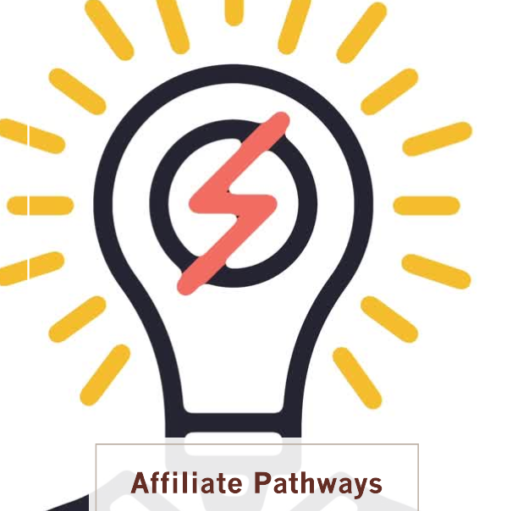
Who Needs A Micro Influencer?
When they first started emerging on social media most of us might have regarded them, somewhat condescendingly, as mere juveniles crashing the party. As it turns out, the adults were wrong — thinking that the kids might not last till winter.
It was the classic intergenerational struggle being waged digitally now — except the adults failed to notice the most potent underlying message the very appearance of these (literally) new kids on the block were signalling. Accessibility — a headline which covers a range of emotions. Trust. Empathy. Proximity.
Influencers — or their more contemporary incarnation, micro influencers — epitomised the very opposite of that predominant emotion that conventional media projected. Remoteness — which could also be read as exclusion.
Micro influencers, in sharp contrast, projected inclusion, closeness, intimacy, friendliness and above all trust.
Brands (Nike, L’Oreal) — our version of the proverbial canary in the mine — were quick in perceiving and leveraging the soft power of social media. (Also called digital influencer marketing). It gave them the perfect opportunity to emerge from behind the faceless corporate image that they had themselves cultivated. They realised that they had become unrelatable. What if their products could be endorsed not by celebrities but by the more relatable person next door — who’d actually not be pitching chatting?
What Makes A Micro Influencer?
A micro influencer is someone who has a following of 1000-100000.
That range is what we need to note — primarily because it lends itself easily to niche marketing in which individualised recommendations matter most. The audience size is small enough to make sense for personalised recommendations to and it’s large enough for scaling — so that it’s optimised by default.
And why’s that so? . . . for at least the five reasons detailed below.
Reach And Engagement —
The range provides immediate traction which is noted to fall with larger audiences. Audiences of this size cohere because they are sufficiently well defined to stay tuned in to specific interests (personal development, for example) which drives them. It’s what we would call a curated audience which looks at the micro influencer leading them to some desired destination in their journey. Members in such groups stay together because they experience an intuitive sense of connection — an empathy — which in their perception only the micro influencer can exude.
Perception is very important here.
Sales messages conveyed through such channels stand a higher chance of converting — thus providing an interesting corroboration of Marshall McLuhan’s (the pioneering media studies guru) celebrated adage, “the medium is the message.” McLuhan’s original formulation which only factored in the medium but not the human conveyer now has to be extended to the micro influencer. The micro influencer’s audience is even more susceptible to conflating the medium and the message than McLuhan’s originally intended meaning.
Audience —
For the reasons already provided, the micro influencer’s audience is very specific — in fact, so specific that if one wanted to 8020 their way to a winning strategy in finding a relevant audience then this would be it . . . get a micro influencer if you want to find your 20% that actually works without even spending 80% of your effort. It could be one of the reasons that brands have already gravitated to them. Think about a micro influencer (niche audience whisperer) who speaks solely to Konjac noodle enthusiasts — a niche within the vegan niche. It’s that kind of specificity we’re talking about.
Cost Effectiveness —
There’s a reason that brands go to micro influencers — apart from the fact that they have micro defined audience teetering on the verge of conversions — and that’s how much cheaper they are compared to ad agencies. And, of course they are more accessible. Of course I’d not recommend anyone to just click and sign up without doing their own due diligence — the most important of which would be check out the their audience size. That caveat having been issued, it would suit startups — and in fact, with a small budget you can try out a small number of them to see which works best for you.
Authenticity —
As I mentioned above, the micro influencer by definition has the familiarity of the person next door — the nice neighbourhood lad you saw growing up since he was bub and who who never passes by without waving at you. Or, think about your niece and her friends. This is what we call built-in authenticity. Moreover, unlike ad agencies who are expressly selling something, the micro influencer merely is bringing to their audience what they want to hear — at the family barbecue or the pub or the water fountain. (Not surprisingly, “furphy” the Australian slang for rumour, rumour that one hears at the water fountain, comes from Furphy, the water distribution co. in colonial times). This takes micro influencer completely out of the overtly commercial space and locates them within the family zone. Micro influencers have become our surrogate cousins and relatives.
Community —
Yes, the micro influencer is someone who lives in the community — or, in the Marshall Mcluhan global village that has now become a reality because of the internet and social media. What happens on the internet happens in my living room. Inspite of all the strife and antagonism that social media generates, inspite of how their algorithms are tweaked to work to our detriment in many other ways, social media has also redefined our sense of community in unanticipated ways. The micro influencer is not only a product of social media but also the driving force behind it.
